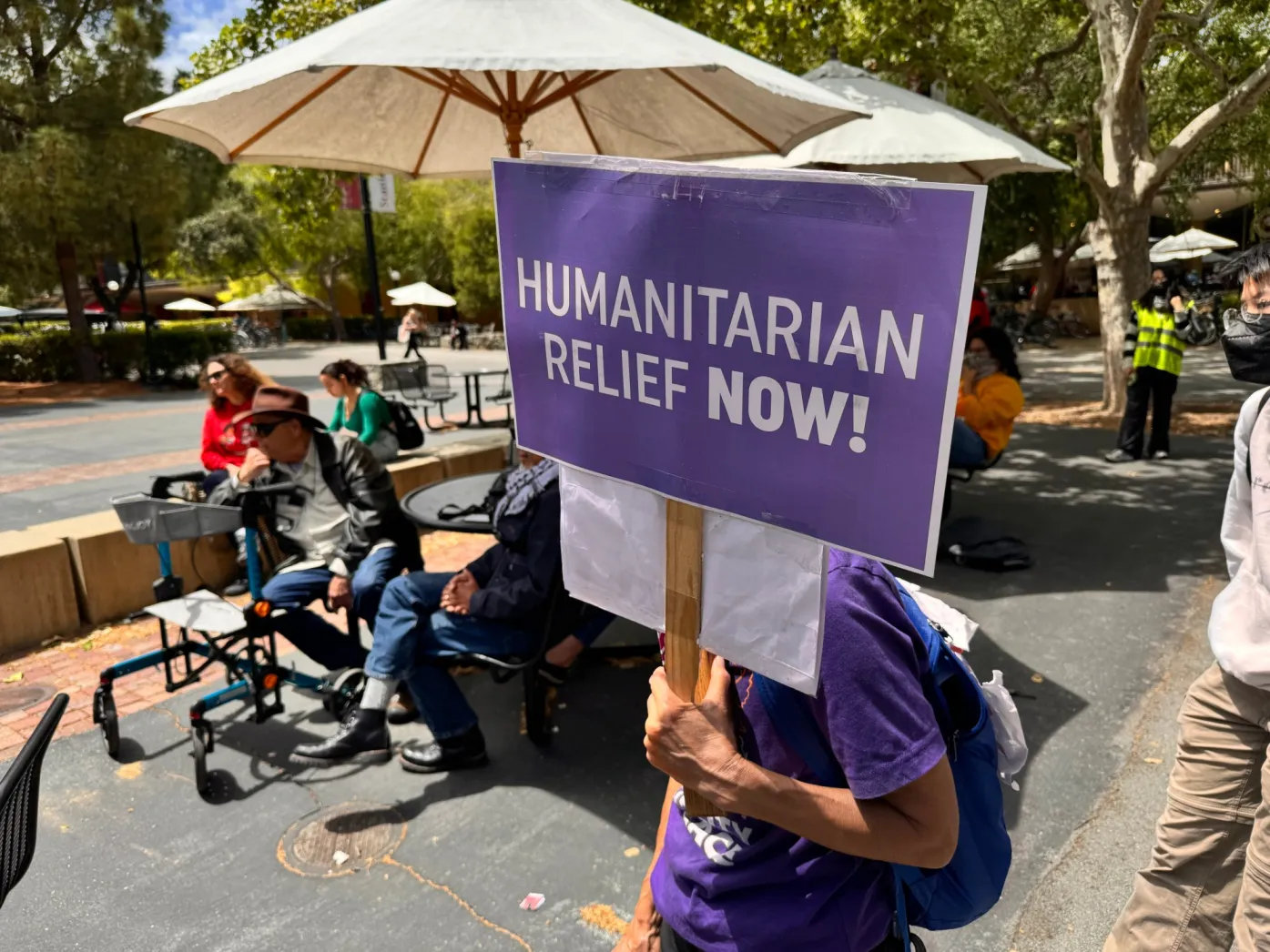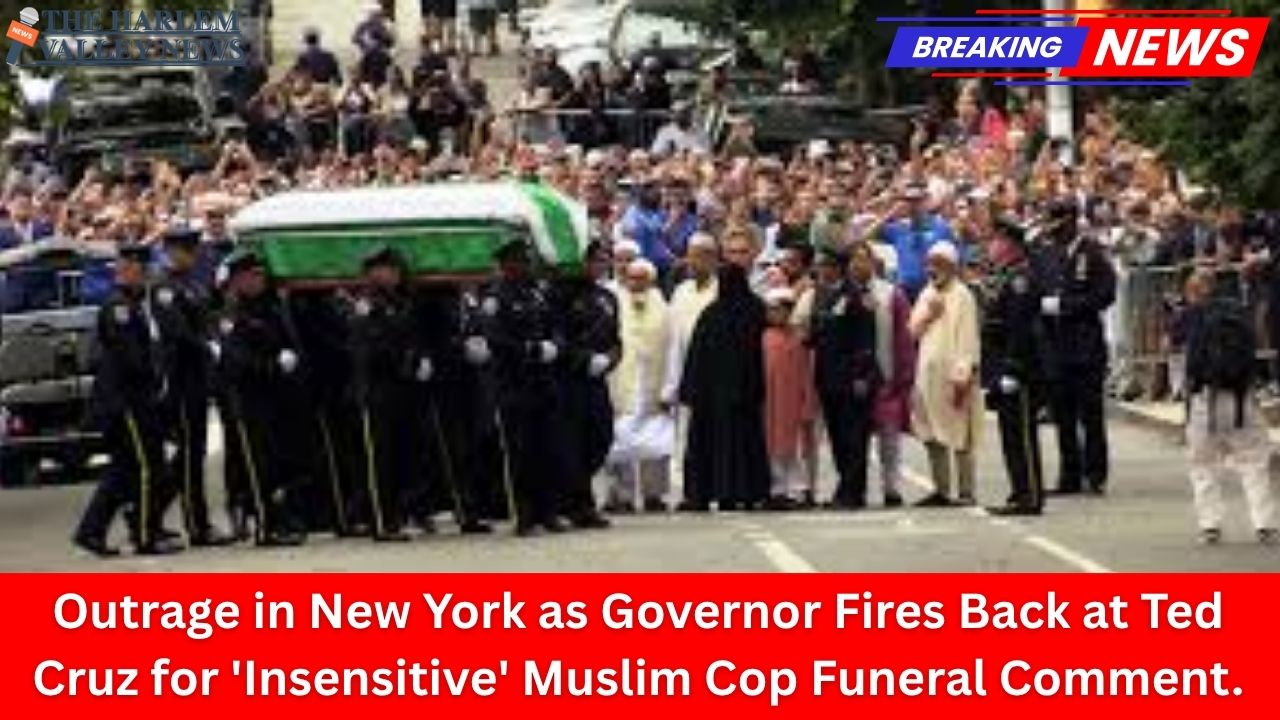Stanford University students and faculty have launched a hunger strike, demanding immediate action from the university in response to the ongoing war in Gaza. The strike, which began on Monday, May 12, 2025, is the latest in a series of campus protests urging Stanford to divest from companies connected to Israel’s military operations and take a stronger stance on academic freedom and civil liberties.
An Escalation in Student Activism
At least 12 students and three faculty members are participating in the hunger strike, joining a growing statewide movement across California universities. In addition to divestment, the demonstrators are also calling on:
-
Local authorities to drop criminal charges filed against student protesters.
-
The university to repeal newly enacted free speech restrictions.
-
President Jonathan Levin to sign a national statement defending academic freedom from government interference.
The protest was launched with a peaceful assembly at White Plaza, Stanford’s designated free speech zone. Attendees gathered under the watch of university security and local sheriff’s deputies, who monitored from a distance but did not intervene.
Participants plan to maintain a daily presence at White Plaza from 6 to 8 p.m., continuing the hunger strike until their demands are addressed.
A Voice From the Strike
“We’ve continuously called for divestment and the university has not responded,” said Yousef Helal, an electrical engineering graduate student who has committed to the hunger strike. “We continue to witness the genocide in Gaza, and it’s our duty to stand up.”
Helal emphasized that the hunger strike is not just a symbolic gesture but a moral and spiritual obligation rooted in his beliefs. “I’m not afraid,” he said. “Right now, my whole life is Gaza.”
Stanford’s Official Response
In a statement to media, university spokesperson Luisa Rapport said Stanford supports the right to protest but encouraged students to choose expressions “that do not jeopardize their health and well-being.”
Rapport defended the university’s protest policies, enacted earlier this academic year, as “content-neutral” and aligned with First Amendment principles. The policies, she said, aim to ensure free expression while maintaining safety and preventing unlawful disruption or harassment.
On the matter of divestment, Rapport explained that the Board of Trustees’ Special Committee on Investment Responsibility reviewed a student proposal last year seeking to end investments in companies tied to the Israel Defense Forces. However, the committee declined to take action.
As for the request for President Levin to sign a joint letter from the American Association of Colleges and Universities defending academic freedom, Rapport said Levin and Provost Jenny Martinez prefer not to sign open letters but have spoken publicly on the issue—supporting peer institutions like Harvard University in resisting government interference in campus matters.
A Broader Protest History
The hunger strike follows a series of pro-Palestinian demonstrations at Stanford that have sparked both solidarity and controversy.
On June 5, 2024, 13 individuals—including a student journalist—were arrested during a sit-in at Stanford’s administrative offices. Santa Clara County District Attorney Jeff Rosen later filed felony charges against 12 of them, citing property damage valued between $360,000 and $1 million. California law classifies damage over $400 as felony vandalism.
“Dissent is American. Vandalism is criminal,” Rosen said at the time. “Speech is protected by the First Amendment. Vandalism is prosecuted under the penal code.”
Helal, however, rejected that narrative, calling the charges excessive and politically motivated. “These students were fulfilling a moral obligation,” he said. “Stanford exaggerated the costs. They should not be punished for standing up for what’s right.”
Free Speech or Restriction?
The arrests were not the only consequences. Those involved faced administrative sanctions ranging from suspensions and delayed degree conferrals to mandatory community service.
Meanwhile, Stanford has been criticized from both sides. One university subcommittee reported anti-Israel and antisemitic incidents, while another found rising Islamophobia and bias against Palestinian and Muslim students.
According to Stanford Students for Justice in Palestine, activists have also been subjected to what they describe as selectively enforced rules, such as bans on overnight camping and demands for ID or the removal of face coverings during events.
Stanford senior Arwa Faruk, a human biology major, believes the university’s recent policies are designed to suppress student voices. “The administration only wields that power when they feel threatened,” she said. “It means our actions are having an effect.”
“Free Speech” Rules Draw Criticism
Faruk also took aim at Stanford’s so-called free speech policies. “It’s ironic they’re called ‘free speech policies’ when you’re only allowed to raise your voice above 40 decibels or hold a sign between noon and 1 p.m. on weekdays,” she said.
Stanford’s website confirms such restrictions on speech and assembly, including bans on blocking walkways, camping, or violating fire lane access. While White Plaza remains the designated zone for protest, the hours and decibel limits have become points of contention among students.
Faruk added, “We’re complying with those rules now. But it’s absurd to expect students to use their free speech rights for just one hour a day. Rescinding those restrictions is one of our core demands.”
A Hunger Strike as Symbolic Resistance
During Monday evening’s gathering, Areeq Hasan, a Ph.D. candidate in applied physics, opened the rally with a prayer and described the hunger strike as a form of spiritual resistance.
“The war is not just about bombs and borders,” Hasan said. “It’s economic and militaristic subjugation. Fasting is a powerful act of resistance — refusing to consume in a society that promotes greed.”
The hunger strike, he added, was a rejection of “hyper-consumerism and apathy”—conditions he believes allow injustice to persist.
Ripple Effects Beyond Stanford
Stanford’s protest is part of a larger wave of campus activism sweeping across the country. At Tufts University, for example, a student named Elif Öztürk was detained for her involvement in pro-Palestinian protests and still faces possible deportation.
These developments have raised alarms about the growing risks student activists face, particularly those from marginalized or international backgrounds.
Looking Ahead
The hunger strike at Stanford remains open-ended, with no set date for conclusion. Participants have made it clear that they are prepared to endure physical hardship to push their message forward.
“We’re not doing this lightly,” Helal said. “But when you see people being bombed daily, losing their families and homes, it becomes impossible to stay silent. This is our way of standing with Gaza.”
Final Thoughts
Stanford now finds itself at the crossroads of academic freedom, student activism, and geopolitical conflict. As the hunger strike continues, so does the national conversation about what universities owe their students—not just in education, but in ethics, equity, and the right to protest.
The students’ demands remain the same: divestment, justice, free speech, and the right to dissent without punishment.
For now, they will continue to fast. And they will continue to speak.















Leave a Reply